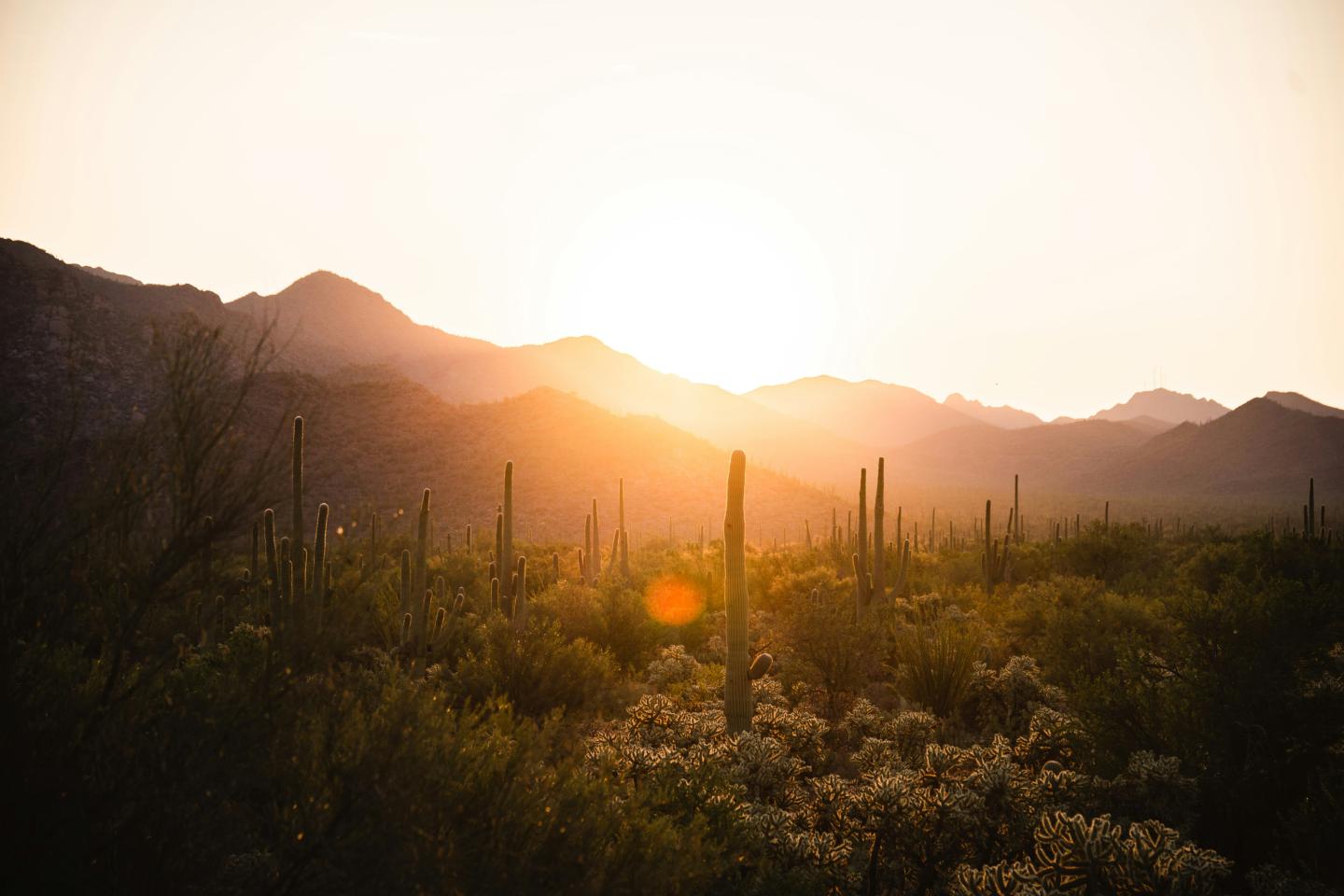
Wildlife and Habitat Preservation at Great Sand Dunes National Park
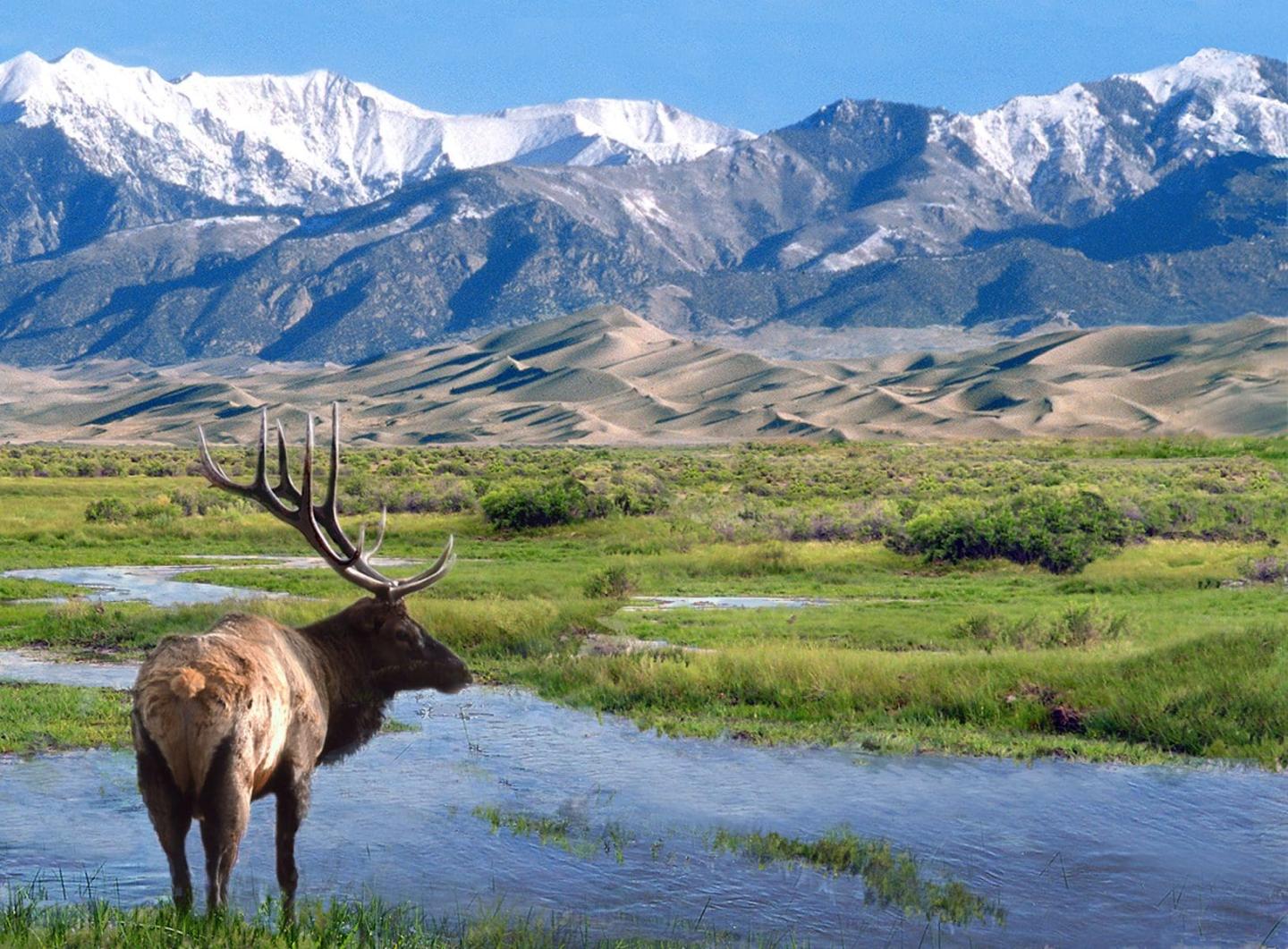

A Rich Heritage of Culture and Conservation
For tens of thousands of years, the area now known as Great Sand Dunes National Park and Preserve has been home and sanctuary to many forms of life. North America’s tallest dunes are nestled against the impressive Sangre de Cristo Mountains. They are part of the nearly 150,000 total acres of protected landscapes in the San Luis Valley of south-central Colorado.
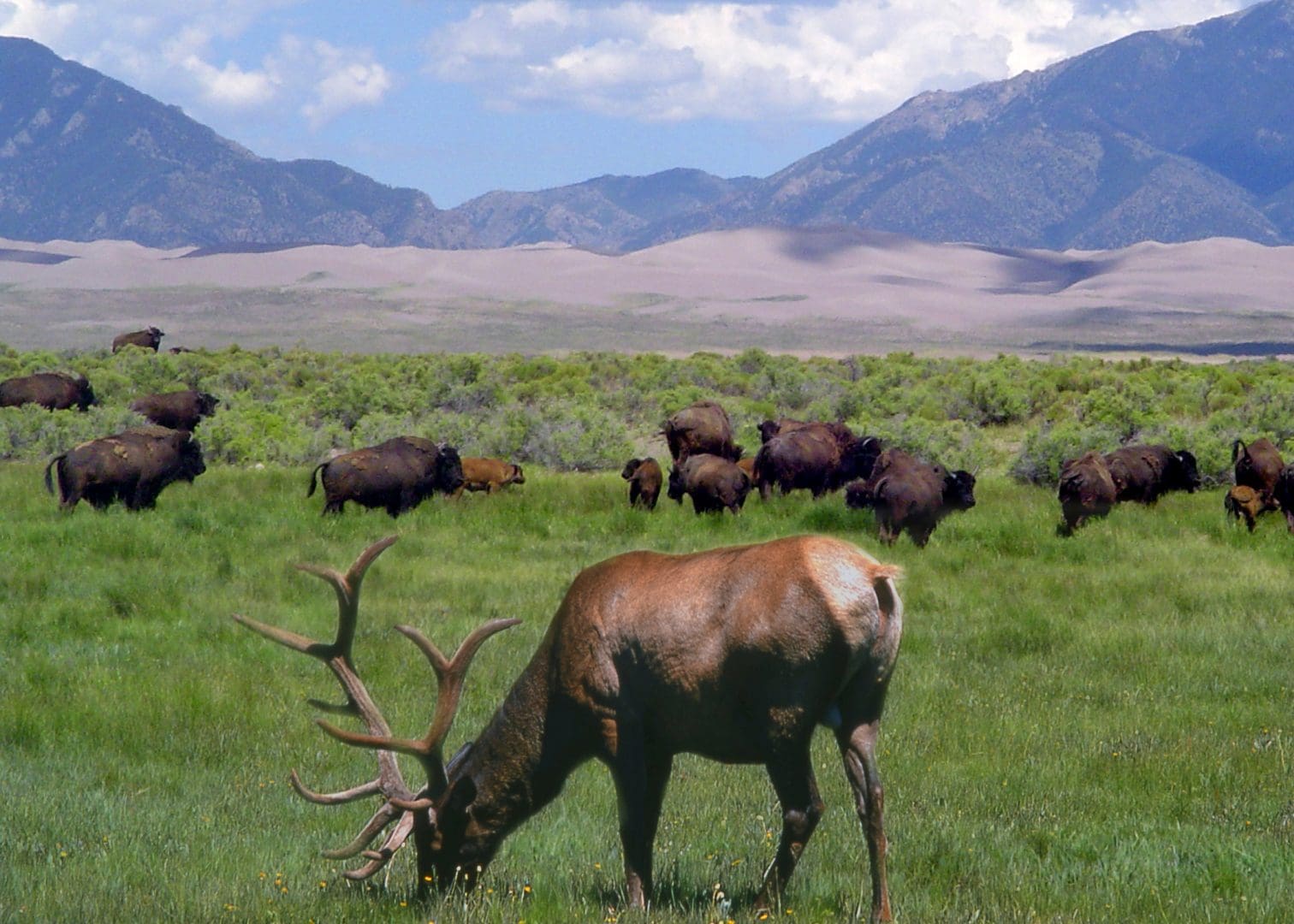
WNPA Supports Elk-Tracking Efforts
To support conservation efforts, Western National Parks Association helped fund elk-tracking collars to support the work of a park biologist who studies elk herd movements and advises on park management strategies. According to the National Park Service, there are estimated to be more than four thousand elk in the eastern part of the San Luis Valley.
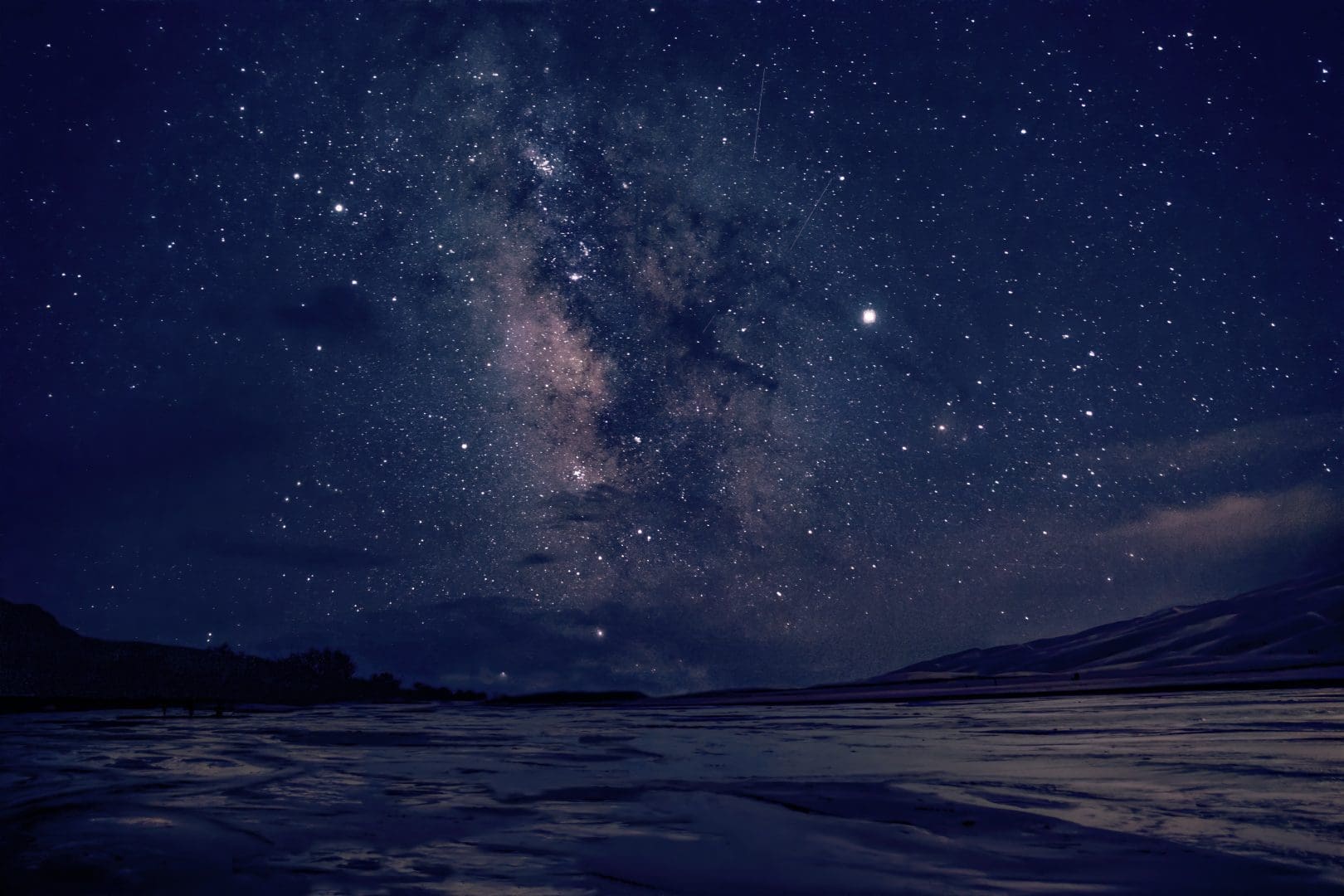
Animals Seek Refuge
With the lack of artificial noise and light, this International Dark-Sky Park supports diverse and dynamic landscapes. In recent years, a large number of elk have sought refuge inside the areas of the park where hunting is not permitted. This has caused overcrowding and potential imbalances in the park’s ecosystems.

Complex Factors to Study
Preferring open grasslands and avoiding forests whenever possible, elk’s distribution has been affected by the encroachment of these grasslands due to human development and the maturing of closed-canopy forests, motivating herds to gather in the protected grasslands in the park. This can lead to overgrazing and competition with other wildlife, including the local bison herd.

Diverse Landscapes, Diverse Wildlife
Extensive grasslands and shrublands surround the dunefield on three sides, varying from wet meadows to cool-grass prairie to desert shrubland. Besides elk, pronghorn are also common here. Burrowing owls make their nests in the ground, while other birds of prey soar amongst the clouds, hunting for small animals like kangaroo rats and short-horned lizards. The elk and pronghorn will wander from the grasslands, visiting the dunes where bison, coyotes, and bobcats also roam.
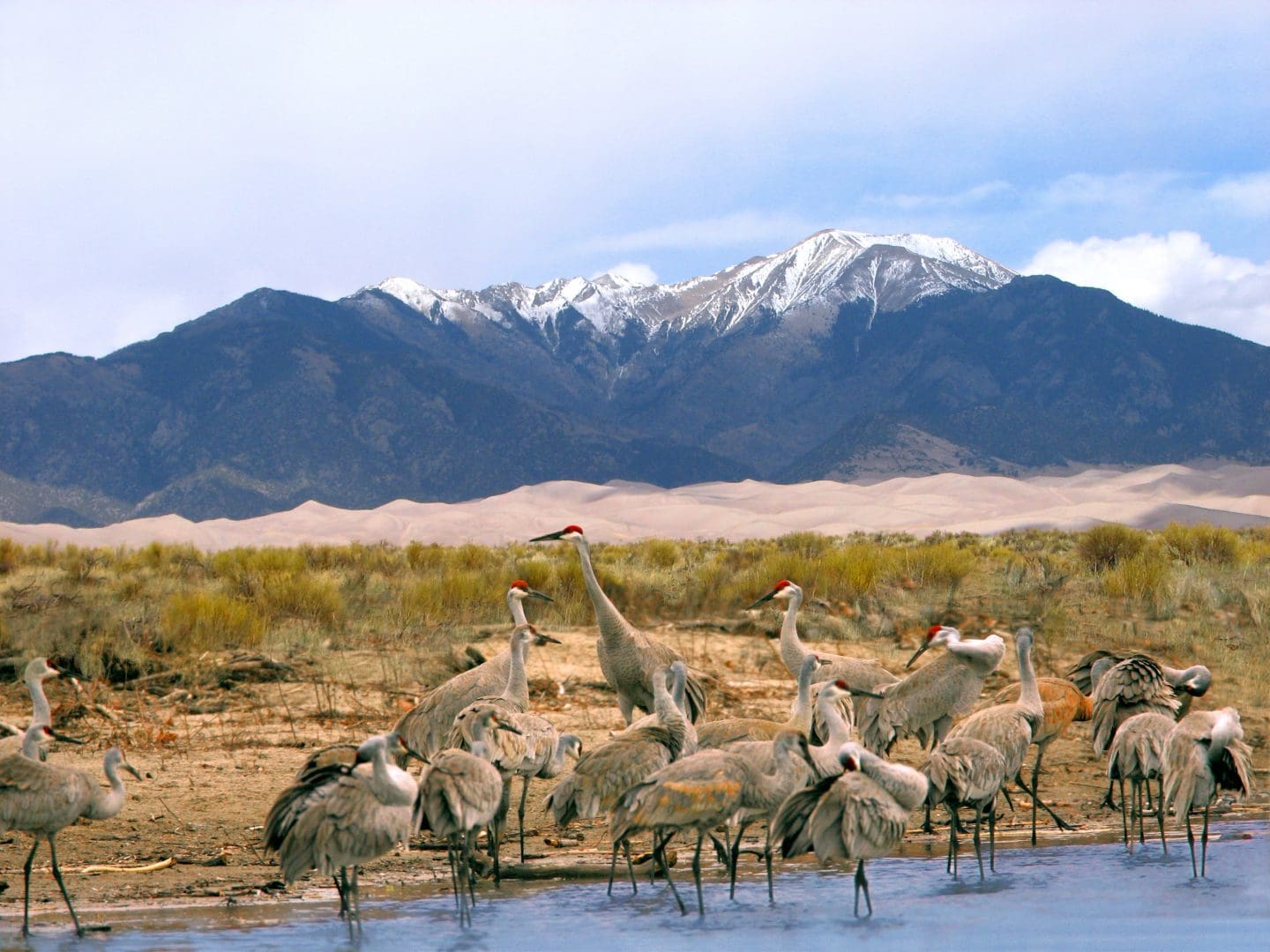
A Must-Have Experience
Visitors to Great Sand Dunes National Park and Preserve will find themselves immersed in this beautiful, diverse landscape with an ancestral heritage sacred and significant to many Indigenous tribes in the Southwest. Located a few hours from Santa Fe, Denver, and Colorado Springs, and a day’s journey from the Navajo Nation, this unique park is a must-have experience for people looking for outdoor recreation, beautiful natural vistas, and in-depth knowledge of conservation work.
Your supports preservation for generations at national parks!
Your generous gift of $75 or more provides you with a tax-deductible opportunity to make a meaningful impact. You can help support scientific research, promote recreational activities, foster community connections, and inspire the next generation of park stewards.
To make your contribution, click below or visit www.wnpa.org/donate.
By supporting WNPA, you are helping to empower parks for all time. Supporters like you help to make this important work possible.



